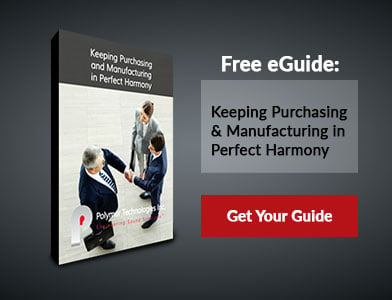
When developing a new product, there are a lot of hurdles to consider before bringing it to market. Before production starts, you should familiarize yourself with intellectual property (IP) protections in the U.S. and abroad.
Many businesses in the United States turn to locations overseas, like China, to produce goods, as it is usually more cost-effective in terms of labor. However, according to a 7-month investigation conducted in 2018 from the U.S. Trade Representative (USTR), “Chinese theft of American IP currently costs between $225 billion and $600 billion annually.”
So how can you protect your IP from manufacturers overseas?
1. File for Protection Overseas
After China became a member of the World Trade Organization (WTO) in 2001, it agreed to adhere to a minimum standard of protection for IP. To get protection, you must register with a specified Chinese agency before those rights are enforced. Not all patents are alike, and it’s necessary to understand that they are territorial.
Patents are provided on a first-come, first-served basis and must be filed with the Chinese State Intellectual Property Office (SIPO). There are three types of patent protection you can obtain from China, including:
- Invention patents for technical innovations.
- Design patents to protect the shape and color of a product.
- Utility model patents to technical solutions related to the shape or structure of a product.
2. Apply for Protection in the U.S.
While U.S. copyrights might not be honored overseas, IP has many protections under American law, including copyrights, trademarks, and patents. By going through this process and have one or more of these protections on your product, you can ensure its safety in the U.S.
- Trademarks are logos or words that are a part of your brand. Only a registered trademark is considered to be legally valid and can be registered with the U.S. Patent and Trademark Office. For further protection, you must also register your trademark in every country you intend to do business with.
- Copyright technically starts the moment an idea is physically manifested, i.e., a sketched schematic on a piece of paper. You can fully protect your copyright once you have registered it with the U.S. Copyright Office.
- Patents provide the best protection and U.S. patents, last up to 20 years. There are three different types of patents, and you can file for one through the U.S. Patent and Trademark Office.
3. Strategically Outsource Your Manufacturing
If you have a key component that makes you stand out from the competition, it’s a good idea to try to produce that piece in-house. In recent years, many manufacturing companies have changed how they outsource because of the threat of IP theft. U.S. companies are starting to use lean manufacturing to produce vital components in-house to protect their IP and keep costs low. By being selective on how you outsource and manufacture your components, you can protect important essentials from theft while maintaining cost-effective manufacturing.
4. Work with Trusted Suppliers
You need to be able to know that the suppliers you are working with are reliable. A good way to do this is to develop a policy of criteria for approving suppliers. This way, you can more easily vet which suppliers would make the best partners for you.
Having an approved suppliers list provides guidelines, so you can onboard new suppliers with confidence and run spot checks to make sure that nothing has changed. You should also consider researching the companies who supply your supplier, so your IP doesn’t get stolen further down the supply chain.
Choosing a Supplier You Can Count On
Before launching into your latest design and development project, you need to do your due diligence to protect your IP. If you don’t, it can be nearly impossible to claim ownership later on down the road. Utilizing copyright and patents at the inception of your new product and restructuring your supply chain are some of the best methods to protect your IP.
You can also consider using suppliers in the US if going overseas worries you. At Polymer Technologies, for example, we develop a lot of our product for our PMP and ESD divisions in house. We also work with vetted and trusted suppliers and are the exclusive distributor of Polybond. See the difference working with a trusted supplier can make for your product development and manufacturing.






